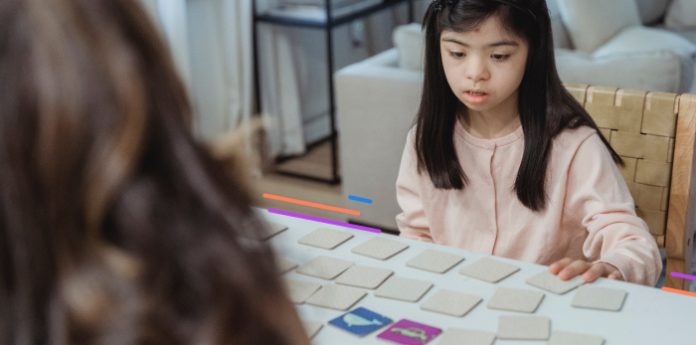Are you looking for ways to meet better the needs of all your students in your classroom? Universal Design for Learning (UDL) is an excellent solution for you! UDL is a framework that can help teachers create lessons and materials accessible to all students, regardless of their learning styles or abilities.
Math & ELA | PreK To Grade 5
Kids see fun.
You see real learning outcomes.
Watch your kids fall in love with math & reading through our scientifically designed curriculum.
Parents, try for free Teachers, use for free
Let’s look at what Universal Design for Learning is and how you can use it in your classroom.
What is Universal Design for Learning (UDL)?
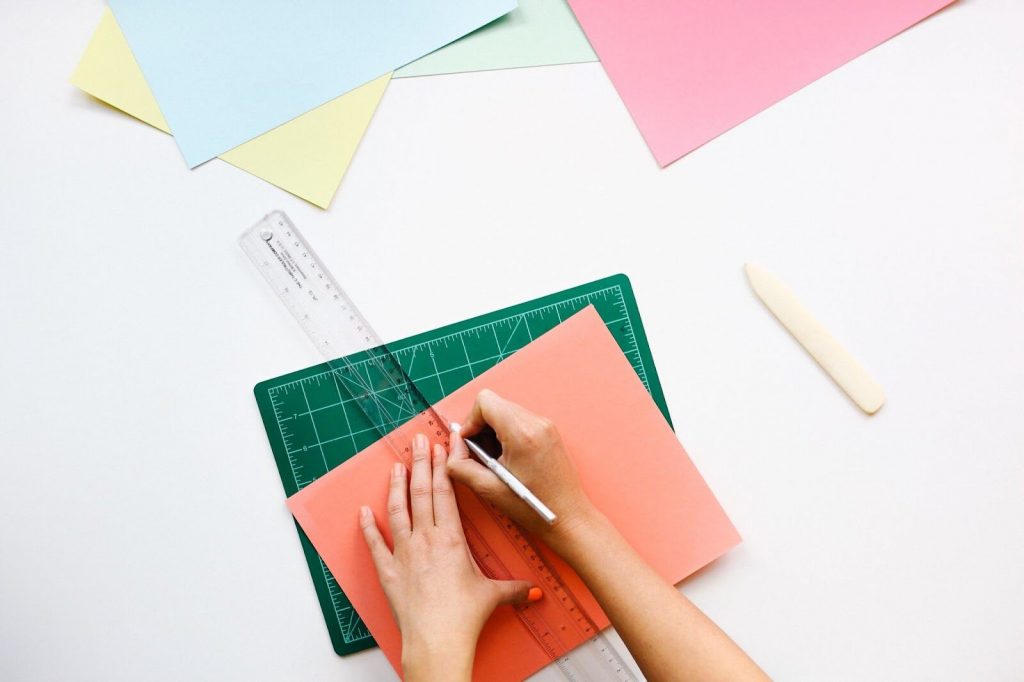
Universal Design for Learning (UDL) is a framework that guides practitioners to create and develop learning environments, curricula, and assessment tools to accommodate diverse learners.
It is an instructional design model which aims to make content accessible and engaging for all learners. UDL recognizes the diversity of students’ intelligence, interests, learning styles, prior knowledge, language skills, and physical abilities.
Understanding Universal Design for Learning (UDL)

To understand UDL, it is essential first to understand the three core principles of UDL:
1. Provide Multiple Means of Representation
Universal Design for Learning recommends providing multiple means of representation so that all students can understand and engage with the content. This could mean using a variety of multimedia, including text, audio, images, and videos. It could also mean providing different ways for students to interact with the content, such as through hands-on activities, simulations, and games.
2. Provide Multiple Means of Action and Expression
Universal Design for Learning principles also recommends providing multiple means of action and expression. Give students opportunities to interact with the content differently through movement, drama, art, and music. It also allows students to express themselves through writing, speaking, and signing.
3. Provide Multiple Means of Engagement
The third core principle of UDL is to provide multiple means of engagement. Spark students’ interests and motivations by using exciting and relevant content and providing opportunities to participate in their learning actively.
These three core principles provide a foundation for all UDL practices and help ensure all students can access and understand the content.
Benefits of Universal Design for Learning (UDL)

There are many benefits to using UDL in your classroom. Some of the key benefits include:
Related Reading: Strategies for Implementing Scaffold Learning in the Classroom
1. Improved Learning Outcomes for All Students
When teachers use UDL principles in their instruction, students learn more and achieve better outcomes. UDL provides ways to meet the needs of all learners, including those who are traditionally marginalized or left behind.
2. Increased Engagement and Participation
UDL helps to make learning more engaging and exciting for all students. When students are actively engaged in their learning, they are more likely to succeed.
3. Reduced Achievement Gaps by Universal Design for Learning
When all students have access to high-quality instruction and materials, achievement gaps decrease. UDL helps to create a level playing field for all learners.
4. Provides Inclusive Learning Environment
UDL helps create a learning environment that is welcoming and inclusive for all students. Inclusivity is essential, as all students should feel comfortable and supported in their learning environment.
5. Eliminate Barriers by Universal Design for Learning
UDL helps to eliminate the barriers that many students face in their learning. This can include inaccessible materials, challenging tasks, and inappropriate instruction.
How to Deploy Universal Design for Learning (UDL) in Classrooms?
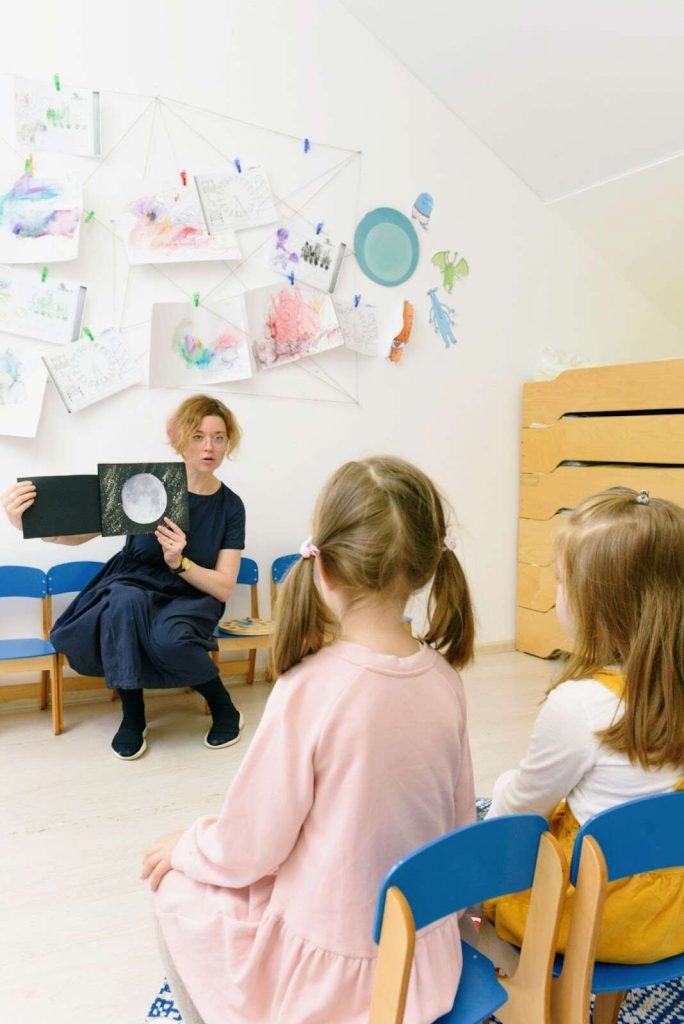
Now that you understand what UDL is and the benefits of using it in your classroom, you may be wondering how you can put it into practice. Here are a few tips:
1. Assessment
When designing instruction and materials, it is essential first to assess the needs of your students. Teachers can do this through diagnostic assessments or by observing their students in their natural learning environment. For example, you can observe how students interact with the content and their strategies to understand it.
2. Customize Instruction
Once you have assessed your students’ needs, you can customize your instruction to meet their individual needs. This could mean providing different representations of the content, different ways for students to interact with it, and different ways to express themselves.
Related Reading: Best Classroom Math Games That Will Make Your Students Excited for Math Class
3. Modify materials
If you use materials not explicitly designed for UDL, you may need to modify them to make them more accessible and inclusive. This could include changing the font size, adding alternate text, and increasing the contrast of colors.
You can also use this PDF on Universal Design for Learning guidelines to help you design your instructional materials.
Universal Design for Learning Strategies and Examples for the Classroom
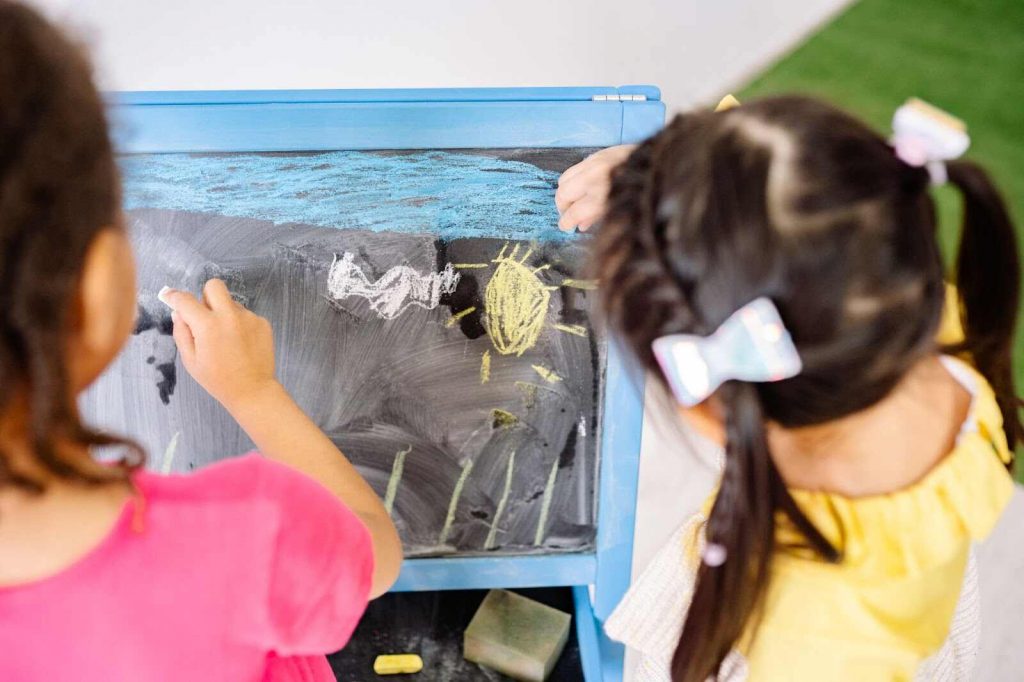
Now that you understand the basics of UDL, it’s time to put it into practice. Here are some examples of how you can use UDL in your classroom:
1. Offer Multiple Paths to Learning
One of the simplest ways to implement UDL is to offer multiple pathways to learning. This means providing students with different ways to access and understand the content. For example, you might give a visual representation of the content, an audio version, and a written transcript.
2. Differentiate Instruction
Differentiating instruction is another crucial way to use UDL in your classroom. This means providing students with different levels of teaching and support based on their needs. For example, you might give scaffolded support to struggling students and more challenging tasks for excelling students.
3. Offer Multiple Means of Expression
Another way to use UDL in your classroom is to offer multiple means of expression. This means allowing students to express themselves in different ways. For example, you might allow students to use other forms of communication, such as speaking, writing, and drawing.
4. Provide Accommodations
If a student needs accommodation to participate in the learning process, you can provide that accommodation through UDL. For example, you might allow a student to use a laptop if they cannot write by hand or give a student an alternate format for reading class material.
Related Reading: Ways to Implement Restorative Practices in the Classroom
5. Use Technology
Technology can be a great way to facilitate UDL in the classroom. For example, you might use a software program that allows students to input their responses differently or a website that provides audio versions of articles. You can also use online learning programs like SplashLearn, making learning more fun using game-based activities.
6. Promote Inclusivity
Teachers can also use UDL to promote inclusivity in the classroom. This means creating a learning environment where all students feel welcome and respected. For example, you might try to use diverse images and illustrations in your instruction, or you might provide accommodations for students with disabilities.
7. Encourage Student Participation
Finally, one of the best ways to use UDL in your classroom is to encourage student participation. This means allowing students to share their ideas and providing them with feedback. For example, you might give students a forum to discuss class topics or ask them to contribute ideas for assignments.
Let’s Recap
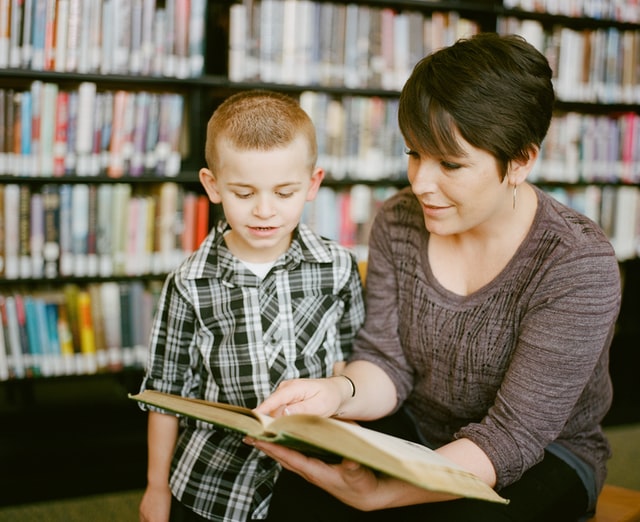
Universal Design for Learning (UDL) is a term that encompasses the idea of designing an environment, content, and tools so they are accessible to people with different abilities. Using it in your classroom will benefit students with disabilities and all students as they will have an opportunity to learn in their own way. Now that you know what UDL is and how to use it, it’s time to put it into practice!
Frequently Asked Questions (FAQs)
What is the difference between UDL and special education?
Special education is a term used to describe services and programming for students with disabilities. UDL is a philosophy that educators can use in addition to or instead of special education.
Do I need to be certified in special education to use UDL in my classroom?
You do not need to be certified in special education to use UDL in your classroom. However, it is helpful to understand the basics of special education to meet your students’ needs best.
How do I know if UDL is right for my classroom?
You may want to consider using UDL if you are looking for ways to differentiate instruction, offer multiple means of expression, provide accommodations, and promote inclusivity. You can also use UDL to facilitate technology in your classroom.
If you are not sure if UDL is suitable for your classroom, ask a colleague or contact your school’s special education department for more information.
What resources are available to help me learn more about UDL?
Many resources are available to help you learn more about UDL, including books, websites, and articles. An excellent place to start is the UDL Center’s website, which provides various resources, including an overview of UDL, how to get started, and case studies. You can also find helpful information from the National Center for Universal Design for Learning (NCUDL).
What are the disadvantages of Universal Design for Learning?
There are no known disadvantages of Universal Design for Learning. However, as with any approach to teaching, it is critical to assess whether or not it is appropriate for your students and modify it as needed. It would help if you also remember that UDL is a framework and not a curriculum, so you will need to develop your own lessons and activities.

















